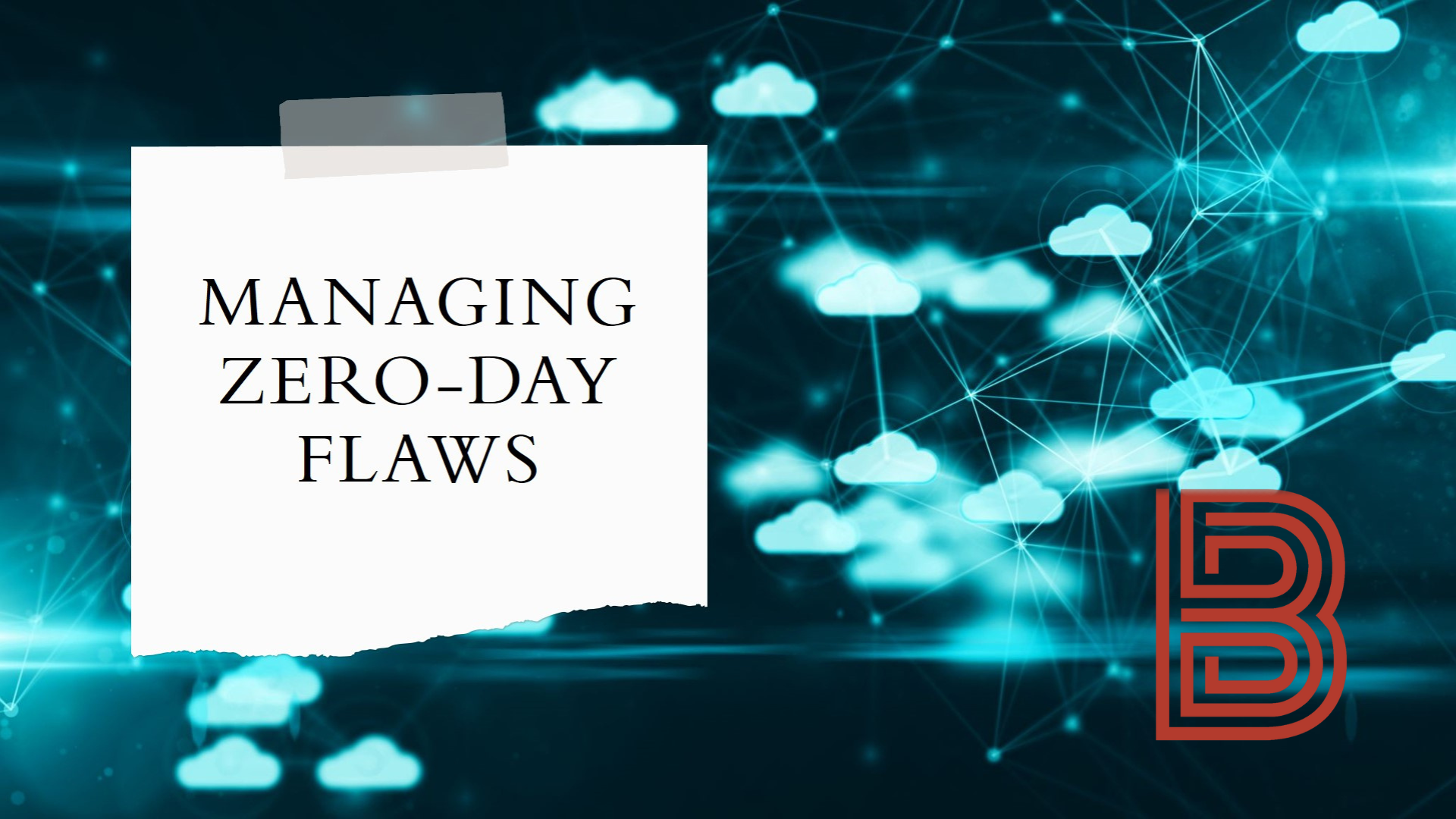
In today’s hyper-connected digital landscape, organizations face a constant barrage of cyber threats. Among the most concerning are zero-day flaws—software vulnerabilities unknown to the vendor or public, leaving systems open to exploitation before a patch can be developed and distributed. Managing the risks associated with zero-day vulnerabilities is a critical aspect of modern cybersecurity strategies.
Understanding Zero-Day Flaws
A zero-day flaw is a previously unidentified security vulnerability in software, hardware, or firmware. The term “zero-day” signifies that developers have zero days to address the issue before it can potentially be exploited. These flaws are highly sought after by cybercriminals, nation-state actors, and security researchers due to their potential to bypass traditional defenses.
Unlike known vulnerabilities, which can be mitigated through patches or updates, zero-day flaws remain undetected until exploited or discovered. This creates a window of opportunity for attackers to infiltrate systems, steal sensitive information, or disrupt operations.
The Challenges in Risk Management
Detection Difficulty
Zero-day vulnerabilities are inherently difficult to detect because they exploit unknown weaknesses. Traditional security tools like antivirus software or intrusion detection systems are ineffective against such threats until a signature or patch is developed.
Proactive Mitigation
Organizations often struggle to balance operational needs with proactive security measures. Implementing comprehensive monitoring, endpoint detection, and response systems can mitigate risks, but these measures are resource-intensive and may affect system performance.
Supply Chain Vulnerabilities
The widespread use of third-party software and components increases exposure to zero-day flaws. A single vulnerability in a widely used library or tool can ripple across multiple organizations, amplifying the attack’s potential impact.
Exploitation by Sophisticated Threat Actors
State-sponsored groups and advanced persistent threats (APTs) often exploit zero-day vulnerabilities for espionage or sabotage. These actors have significant resources, making their attacks highly sophisticated and difficult to counter.
Effective Risk Management Strategies
Managing the risks associated with zero-day flaws requires a multi-faceted approach, combining technological solutions, process improvements, and a robust cybersecurity culture.
Threat Intelligence and Monitoring
Organizations must invest in threat intelligence platforms that aggregate and analyze data from various sources, including dark web forums where zero-day exploits are often sold. Continuous monitoring of network activity can also identify anomalous behavior indicative of zero-day attacks.
Patch Management and Software Updates
While zero-day flaws are unpatched by definition, maintaining an updated software environment reduces exposure to known vulnerabilities that attackers could use as a foothold.
Network Segmentation and Access Control
By segmenting networks and enforcing strict access controls, organizations can limit the potential damage of a zero-day attack. Even if one system is compromised, segmentation prevents lateral movement across the network.
Behavioral Analysis and AI
Advanced behavioral analysis tools, powered by artificial intelligence and machine learning, can identify unusual patterns or behaviors that may indicate an attack exploiting a zero-day vulnerability.
Incident Response Plans
A robust incident response plan is essential for minimizing the damage caused by zero-day attacks. Plans should include clear roles, communication protocols, and steps to isolate affected systems and mitigate the threat.
Employee Training
Employees are often the weakest link in cybersecurity. Regular training on recognizing phishing attempts and other social engineering tactics can prevent attackers from exploiting human vulnerabilities to deploy zero-day exploits.
The Role of Ethical Hackers and Bug Bounty Programs
Many organizations are turning to ethical hackers and bug bounty programs to uncover zero-day flaws before malicious actors do. These programs incentivize security researchers to report vulnerabilities responsibly, enabling vendors to address issues before exploitation.
Balancing Innovation and Security
As organizations adopt new technologies such as IoT, cloud computing, and AI, the attack surface for zero-day vulnerabilities expands. Balancing innovation with robust security measures is a continual challenge. Risk management strategies must evolve to address these new vulnerabilities without stifling technological progress.
Summary
Zero-day flaws present a significant risk to organizations worldwide, necessitating a proactive and comprehensive approach to risk management. By leveraging advanced technologies, fostering a culture of security awareness, and collaborating with ethical hackers, organizations can mitigate the impact of zero-day vulnerabilities and enhance their overall resilience against cyber threats. Preparing for the unknown is no longer optional—it is a critical requirement for survival in the digital age.




















